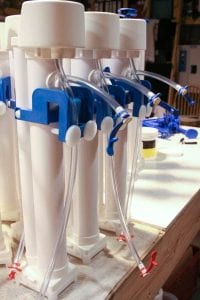
Agriculture
December 27, 2023
AquaFilter Family
Read SolutionImplemented by
Aquabox, UK
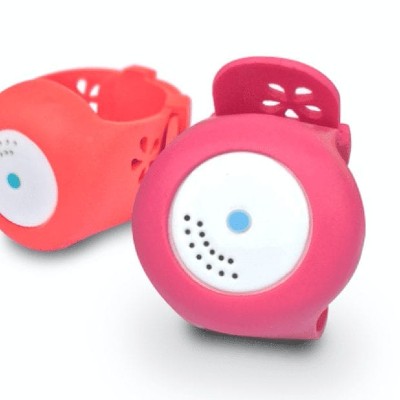
Updated on September 27, 2024
·Created on June 17, 2016
A bracelet that detects hypothermia.
The Bempu TempWatch is a bracelet that uses an algorithm to identify hypothermia from continuous temperature measurement at the wrist of a newborn. The watch flashes a light and emits an alert sound when a baby’s temperature is dangerously low, working to inform parents so they can warm their infant and prevent hypothermia.
Target Regions
Worldwide
Target SDGs
SDG 3: Good Health and Well-Being
Market Suggested Retail Price
$33.00
Target Users (Target Impact Group)
Distributors / Implementing Organizations
Bempu Health, hospitals in India, Bill & Melinda Gates Foundation, USAID
Regions
Worldwide
Manufacturing/Building Method
The device is currently manufactured in-house by Bempu Health.
Intellectural Property Type
Select Type
User Provision Model
The product is currently available for purchase from Bempu Health's website, Amazon, pharmacies, and other distributors. Bempu Health is currently working with the Indian government to provide the device for free or subsidized costs for newborns at government hospitals. Bempu Health is also working to develop public-private partnerships for the device where NGOs and public organizations are used as distribution channels.Interview with representative in 2019
Distributions to Date Status
As of 2019, approximately 13,000 bracelets have been distributed.
Alert mechanism
Orange, blue, and white LED indications and audio alarm (volume range 70-85 dB)
Clinical measurements monitored
Temperature
Patient population
Newborns weighing 1 – 5 kg
Maximum duration of consecutive usage
30 days
Design Specifications
The Bempu Hypothermia Alert Device is a bracelet composed of a silicone band, thermistor metal cup, and plastic casing. The device contains a printed circuit board that holds an algorithm that logs temperatures and alarms when the newborn reaches an unhealthy temperature. The device uses orange, blue, and light LED indications to communicate the device state. When the baby is warm, a blue light blinks every 30 seconds to indicate that the baby's temperature is normal. When the baby's temperature is low, an orange light blinks once every five seconds and an alarm sounds for one minute and repeats every 5-15 minutes to indicate that the baby needs warmth. When the band is not being worn it will switch into an off mode that is indicated by a white light blinking every 30 seconds.
The Bempu bracelet is water-resistant and should be regularly cleaned while in use. All wipes that are suitable for baby use can be used for cleaning.
Package Dimension: 9.4 x 6.6 x 6 cm;
Band Weight: 9 g;
Operating voltage: 2.8-3.3 V DC
Technical Support
The device does not require preventative maintenance. Bempu Health has a customer care line that directly connects the customer to product engineers. If the engineers cannot assess the problem over the phone, courier pick-up will be arranged so that the engineer team can discover the root of the problem. A new device would then be sent out to the customer.Interview with representative in 2019 The product has a warranty of 1 year and any product that does not meet selling standards will be replaced.Interview with representative in 2019 Additional training is not required for parents or nurses to operate the device.
Replacement Components
The product is one time use to ensure that the baby is protected during the entire neonatal period.Interview with representative
Lifecycle
The product can be worn on a newborn's wrist for up to 30 days. Once the product has reached its end-of-life, the LED indicator will show the white light for one full day and then go dark. The device has a shelf life of 3 years.Interview with representative
Manufacturer Specified Performance Parameters
Bempu Health has performed internal durability tests and it was concluded that the device works in extreme heat or cold and in temperatures that quickly drop and rise over a period of time. The bracelet can keep an infant protected from hypothermia 24/7 for one month.
Vetted Performance Status
A 2018 research paper in the Journal of Maternal-Fetal and Neonatal Medicine stated, "A total of 461 neonates were screened for hypothermia, giving 2428 temperature readings. Three hundred and eleven of 461 babies experienced hypothermia at some point. The 461 babies studied experienced 495 episodes of hypothermia in total. The sensitivity and the specificity of the bracelet in diagnosing hypothermia were 98.6% and 95% respectively. The positive and negative predictive values of the bracelet were 83.6% and 99.6%, respectively. The accuracy of the bracelet in diagnosing hypothermia was 95.8%."
Safety
The bracelet should not be attached too tightly to the infant's wrist. The device should not be sterilized or submerged under water. The device is radiation free.
Complementary Technical Systems
Kangaroo care, warm clothing for neonate
Academic Research and References
Bhandankar M., Patel B., 2021, Role of Hypothermia Detecting Device during Transitional Adaptation of Healthy Full-Term Infant- A Pilot Study, Indian Journal of Neonatala Medicine and Research, 9(1), pp. 1-5
Parekh, D., 2020, Saving Lives Through Bempu TempWatch, In Poonamalleee L., Scillitoe J., Joy S. (eds) Socio-Tech Innovation: Harnessing Technology for Social Good, 8, pp. 145
Tanigasalam, V., 2019, Hypothermia detection in low birth weight neonates using a novel bracelet device. The Journal of Maternal-Fetal & Neonatal Medicine, 32, pp. 2653—2656.
Compliance with regulations
The device uses 100% hypo-allergenic medical-grade silicone, per ISO 10993 Standards. BEMPU Health Pvt. Ltd. is an ISO 13485:2016 certified company, which implies the use of good manufacturing practices for medical devices.
Evaluation methods
In developing the Bempu Hypothermia Alert Device, temperature readings were taken over 4 studies in 2 different hospitals with approximately 400 newborns. Wrist and core temperature was correlated (r=0.7). This correlation informed the algorithm used in the current product.
Bempu Health also performed usability studies with doctors and parents to evaluate ease of use. In the doctor study, 67% of doctors used the device in their clinics or prescribed for home use to parents, 89% of doctors who used the device observed at least one case of hypothermia in the home or clinical setting, and 89% of doctors who used the device recommended it to be used in their practice. In the parent study, 86% of families used the device in the NICU or postnatal wards and 84% of families continued use of the device in their home. 100% of the mothers who used the device used corrective care.
In the study from the Journal of Maternal-Fetal and Neonatal Medicine, eligible cases fulfilling inclusion criteria were given BEMPU Bracelets for a period of 24?h. A comparison was made between skin temperatures taken at the axilla by a mercury thermometer and skin temperatures taken at the wrist by the BEMPU Bracelet. Temperatures were taken every 6?h and every time the BEMPU Bracelet alarmed. Trained nurses obtained temperature measurements on newborns during their 24-h stay in the hospital step-down nursery.
Other Information

Agriculture
December 27, 2023
Implemented by
Aquabox, UK
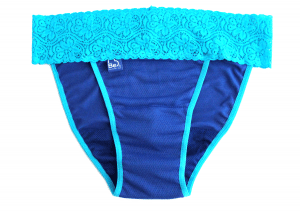
Agriculture
December 18, 2023
Implemented by
Be Girl
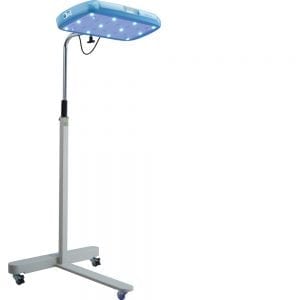
Agriculture
February 21, 2024
Implemented by
Equalize Health
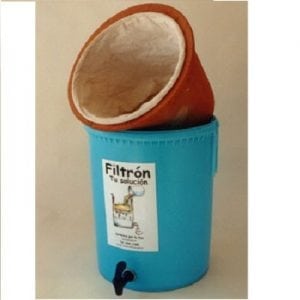
Agriculture
January 11, 2024
Implemented by
Potters for Peace

Agriculture
February 5, 2024
Implemented by
Shift Labs
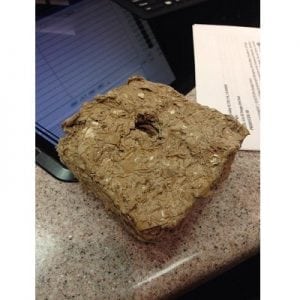
Agriculture
November 30, 2024
Implemented by
El Fuego del Sol
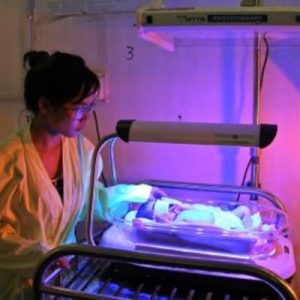
Agriculture
February 8, 2024
Implemented by
Design That Matters (DtM)
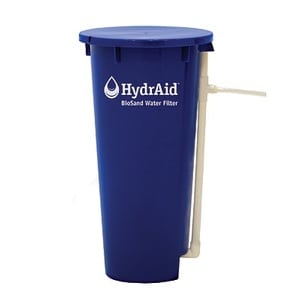
Agriculture
January 10, 2024
Implemented by
NativeEnergy
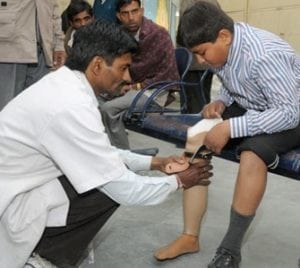
Agriculture
December 1, 2023
Implemented by
SMS Medical College Hospital (Ram Chandra Sharma with the team of doctors)
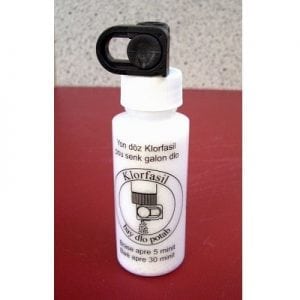
Agriculture
January 2, 2024
Implemented by
Klorfasil

Agriculture
December 27, 2023
Implemented by
Aquabox, UK

Agriculture
December 18, 2023
Implemented by
Be Girl

Agriculture
February 21, 2024
Implemented by
Equalize Health

Agriculture
January 11, 2024
Implemented by
Potters for Peace

Agriculture
February 5, 2024
Implemented by
Shift Labs

Agriculture
November 30, 2024
Implemented by
El Fuego del Sol

Agriculture
February 8, 2024
Implemented by
Design That Matters (DtM)

Agriculture
January 10, 2024
Implemented by
NativeEnergy

Agriculture
December 1, 2023
Implemented by
SMS Medical College Hospital (Ram Chandra Sharma with the team of doctors)

Agriculture
January 2, 2024
Implemented by
Klorfasil

Agriculture
December 27, 2023
Implemented by
Aquabox, UK

Agriculture
December 18, 2023
Implemented by
Be Girl

Agriculture
February 21, 2024
Implemented by
Equalize Health

Agriculture
January 11, 2024
Implemented by
Potters for Peace

Agriculture
February 5, 2024
Implemented by
Shift Labs

Agriculture
November 30, 2024
Implemented by
El Fuego del Sol

Agriculture
February 8, 2024
Implemented by
Design That Matters (DtM)

Agriculture
January 10, 2024
Implemented by
NativeEnergy

Agriculture
December 1, 2023
Implemented by
SMS Medical College Hospital (Ram Chandra Sharma with the team of doctors)

Agriculture
January 2, 2024
Implemented by
Klorfasil
Have thoughts on how we can improve?
Give Us FeedbackNotifications
Design specifications – 20 or even 18 gauge may be available.
Technical Support – I would reference SDI here
Compliance with regulations: Do you have the ASTM number? IBC Design would go along with ACI 530